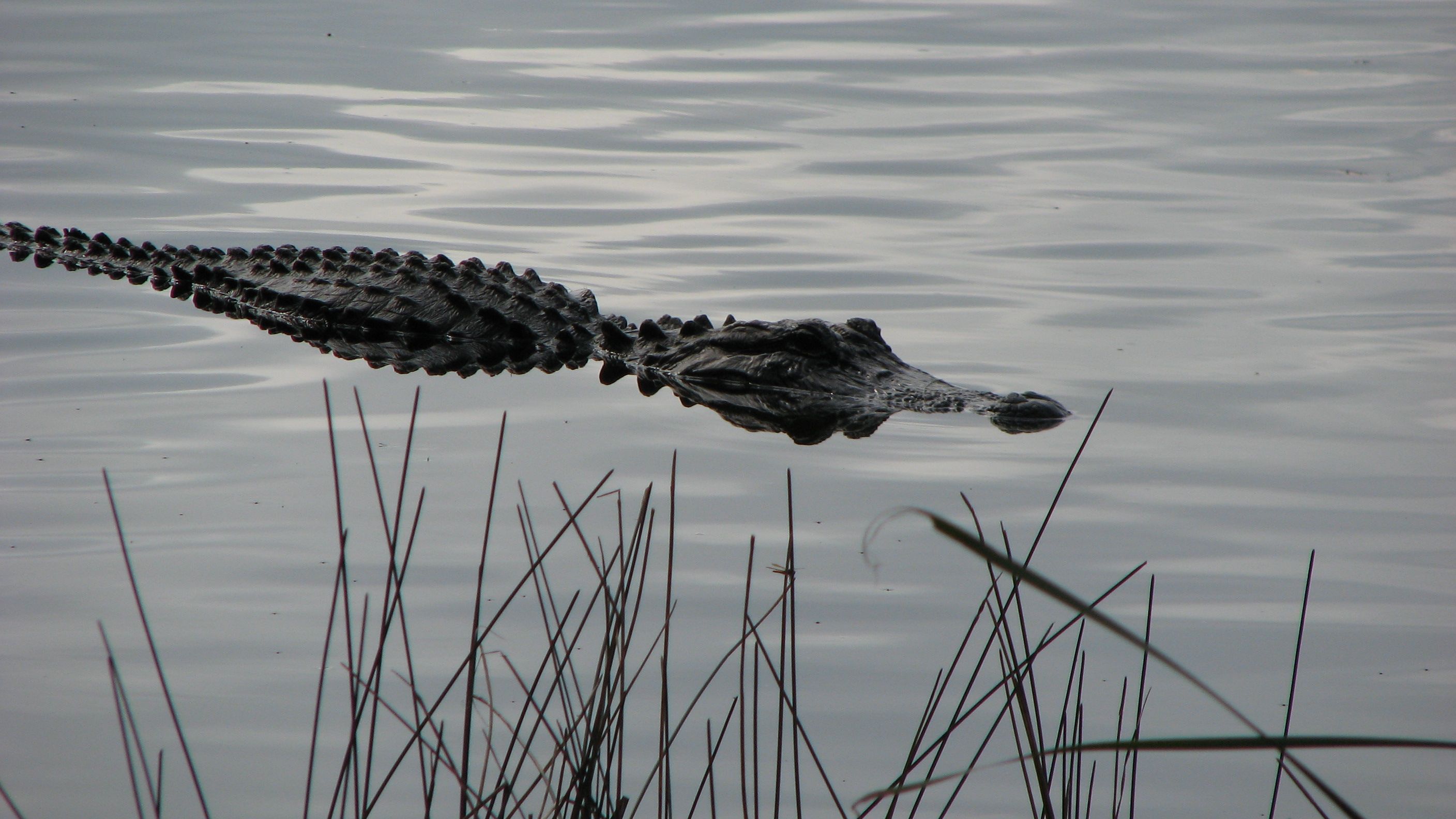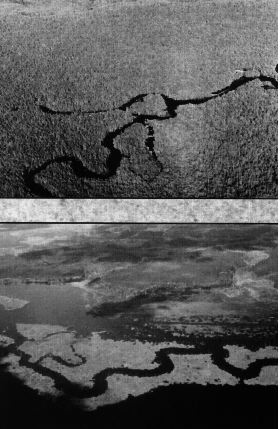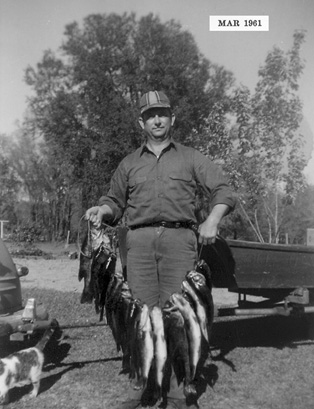 Restoration
of the Ocklawaha River
Restoration
of the Ocklawaha River
 Restoration
of the Ocklawaha River
Restoration
of the Ocklawaha River
and removal of flood waters in the Rodman Basin
by Joseph Siry
![]()
"Human demographic success has brought the world to this crisis of biodiversity. . . .
Our species appropriates between 20 and 40 percent of the solar energy captured in organic material by land plants. There is no way we can draw upon the resources of the planet to such a degree without drastically reducing the state of most other species."
Edward O. Wilson, 1992.
|
Destruction is a serious matter. The lingering damages associated with diminished biological wealth, habitat loss, and a decline in the genetic diversity of large “charismatic” species, such as panthers, or bears are so extreme that Florida ranks among the top three states on the critical list with the highest number of endangered natural areas in all of North America. Only Arizona and California are as large and growing as quickly as Florida is and as we consume resources for this growth, wildlife, fisheries and wilder places are damaged or destroyed. The loss of bottomland hardwood forest, twenty springs and nearly forty miles of river and stream banks with the flooding of Rodman basin meant the loss of a species rich estuarine and anadromous fishery and displacement of wildlife. The wildlife associated with the adjacent swamps of the Ocklawaha, or crooked, river were well studied before they were displaced. Katherine Ewel has suggested that "The edges of floodplain forests, with mast-producing bottomland hardwoods and proximity to other species in adjoining mesic forests, therefore support perhaps the greatest density and diversity of wildlife in Florida." Furthermore in her expert opinion, "Few blackwater river swamps have been studied; one major exception is the Ocklawaha River swamp, parts of which are inundated by the construction of Rodman Dam." * According to the Florida Natural Areas Inventory of the state's landscape types, "mixed hardwood swamp" accounts for only 5 percent of Florida's land area and over 6000 acres of that vegetative association was destroyed when about 9000 acres were flooded in the Rodman basin by the Florida barge canal's primary dam, in 1968. But millions of dormant seeds under the reservoir's edge, can be recovered and may flourish once again. Why restore this river?
|
|||||||||||||||||||||||||||||||||||||||||||||||||||
|
|
|
||||||||||||||||||||||||||||||||||||||||||||||||||
|
This state's unprecedented, rapid growth and the concurrent
loss of sufficient wild places are among the primary reasons why the restoration
of the Ocklawaha River and the Everglades must occur soon and take
place without compromise. When added to the strain of a rotten infrastructure,
overcrowded schools, prisons, and recreation areas the case for restoration
of altered landscapes is nonnegotiable. This may seem, on the surface, as an extreme position. Why not compromise on keeping a costly dam, or why not just restore a piece of south Florida? After all, compromise is the best way for everyone to win. That is true, politically we may all get some more schools, some more prisons and some more beach renourishment. More ramps for people to launch boats, more picnic grounds. What can possibly be wrong with all of us winning a piece of the political pork pie that has become the annual budgets of Florida’s legislative process? |
|||||||||||||||||||||||||||||||||||||||||||||||||||
|
|
|
||||||||||||||||||||||||||||||||||||||||||||||||||
|
Imprisoned within concrete, encircled by civilization in the form of strip malls and polluted by pesticide and herbicide runoff, our thriving alligator population, for example, is seriously affected by gender bending chemicals.
Silver Springs before the digging of the Cross Florida Barge Canal; the Silver River is a major source of the Ocklawaha River. Percent of land
use by types in the Ocklawaha Basin 1980-1990:
|
|||||||||||||||||||||||||||||||||||||||||||||||||||
 |
|
||||||||||||||||||||||||||||||||||||||||||||||||||
|
By early warning system, I mean that, wildlife are indicators of the environmental contaminants that are threats to human life. What ever is the cause of deformed alligators may have the same effect on farm workers or children who play near toxic waste dumps because their schools are built on or near dump sites. If we intend to make the world safer for our vulnerable children, then we must recognize the necessity of wildlife and wild places for us to learn from and to change our ways. If we compromise and restore only part of the Everglades, or take away half of Rodman reservoir we do not secure that future for wildlife because critical size and essential nurseries, migratory routes, or feeding ground may be dangerously separated from nesting places.
|
Without wildlife our life is diminished. |
||||||||||||||||||||||||||||||||||||||||||||||||||
|
Without the clues that healthy wildlife provide us with we become more vulnerable to pollution. Compromising with a species future is morally repulsive to many in Florida, but it is a breach of the constitutional responsibility of the state to protect wildlife. Water, wild places and uncontaminated ranges are essential in order to nourish wildlife. Just as a family can not long share its bedroom with strangers so too wildlife can not persist without sufficient wild places. |
|||||||||||||||||||||||||||||||||||||||||||||||||||
|
The restoration of Rodman basin, means many things.
The removal of the water in two or three stages to allow a revegetation to occur. The mosaic pattern found along the river valley between Silver River and the Deep Creek basin suggests that upland, and streamside vegetation will return along a gradient. That means scrub in the dry uplands, mesic forest in the transition areas, and eventually a bottomland hardwood swamp along the river's flood plain will repopulate the basin. Such patterns can be seen today where the SR 40 bridge crosses the river.
|

|
||||||||||||||||||||||||||||||||||||||||||||||||||
 |
For those who fish, the recovered streams around Orange, Deep, Alligator, and Sweetwater Creeks and the Ocklawaha's mainstem can again breed, nourish or harbor largemouth bass, shad, striped bass and eels. Blue crabs and estuarine species, now blocked by the dam will have access to the river below Kenwood Landing. The Ocklawaha – once the most scenic and best bank fishing river in Florida – can become far more accessible to hikers, fishers, and kayak lovers alike. | ||||||||||||||||||||||||||||||||||||||||||||||||||
|
|
|||||||||||||||||||||||||||||||||||||||||||||||||||
Sources.
EOW is, Edward O. Wilson, The Diversity of Life(1992), p. 272.
EOW, p. 349, delusion of life without nature.
Edward O. Wilson, The Future of Life.
Katherine Ewel, in Ecosystems of Florida,
see here.
Ocklawaha River | Data on the River's Importance | Index | Map | History and Meaning